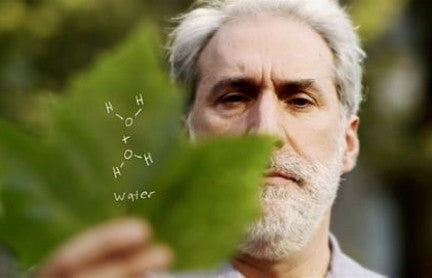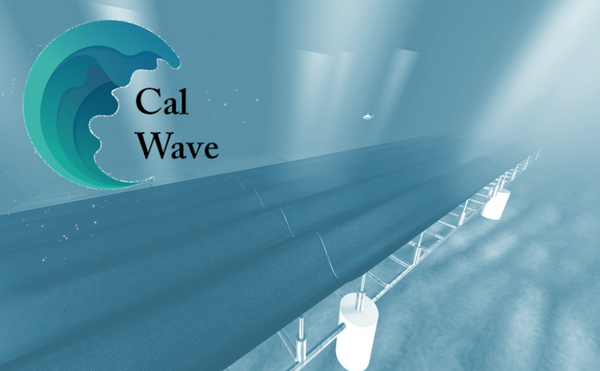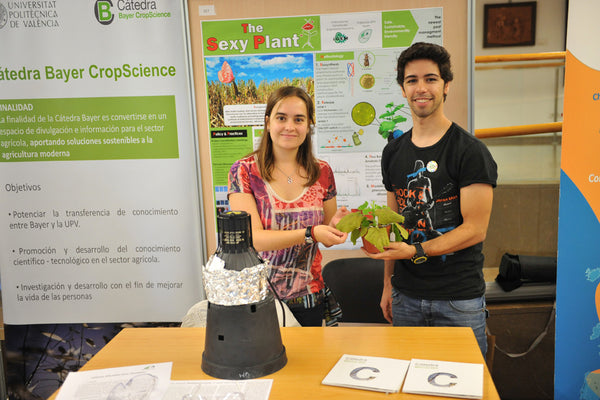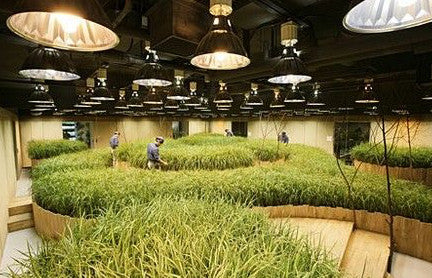Artificial Leaf: Using artificial photosynthesis to produce clean energy

Artificial Leaf: Using artificial photosynthesis to produce clean energy
An approach that mimics photosynthesis to produce energy-dense liquid fuels
The Problem
Humankind needs to invent a more environmentally friendly way to produce energy. There are many pathways to carbon neutrality, but few have sought to actually mimic natural processes like photosynthesis (converting light from the sun into energy).
The Solution
The artificial leaf, created by Harvard Professor Daniel Nocera, mimics photosynthesis by using natural inputs—solar energy, water, and carbon dioxide—to produce energy-dense liquid fuels that can be stored and used later. The artificial leaf system uses a silicon solar cell to split water into oxygen and hydrogen, producing energy in the process. Eventually, the artificial leaf could be affixed to roofs so that it could transform natural sunlight into energy; power produced via the artificial leaf can be fed to an attached fuel cell to generate electricity.
Stage of Development
Pilot
Organization to Receive Funds
Shared Nation would fund Harvard Professor Daniel Nocera's research on artificial photosynthesis.













Discussion